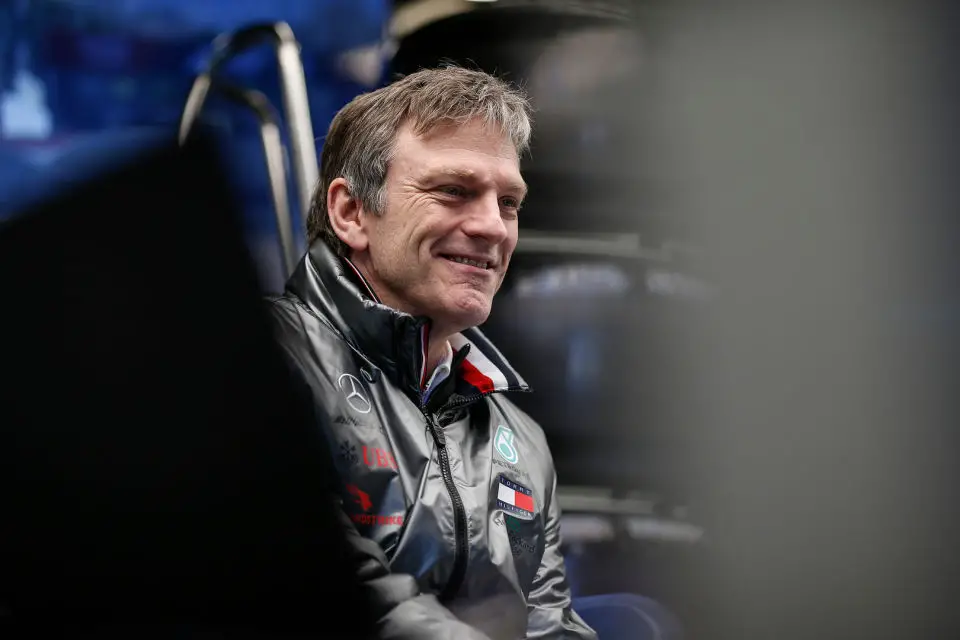Mercedes F1 Team Optimistic About W15’s Progress in Overcoming Last Season’s Challenges
Mercedes has made significant strides with their W15 car, addressing its previous handling and performance issues. Technical Director James Allison expresses cautious optimism, acknowledging improvements while remaining aware of the uncertainties of the competitive field.
Key Takeaways:
- Focused Improvements: Mercedes’ technical team, led by James Allison, has worked intensively on the W15 during the off-season, particularly targeting the rear end handling and performance woes that plagued their previous season.
- Balanced Expectations: Despite the positive developments in simulations, Allison remains cautiously optimistic, understanding the unpredictability of F1 and the close competition, especially from teams like Red Bull.
- Comprehensive Approach: Alongside addressing specific handling issues, the team has also focused on general improvements such as reducing weight, increasing downforce, and enhancing power unit performance.

The Mercedes Formula 1 team has taken significant steps to address the shortcomings of their W15 car, with Technical Director James Allison highlighting the team’s focus on smoothing out the “spiteful characteristics” of the car’s rear end. This comes after a season where handling and performance issues were a constant challenge for the team.
James Allison, speaking to Motorsport.com, elucidated the mixed emotions the team experiences during this phase of development, stating, “It’s impossible at this time of year to be anything other than apprehensive, coupled with excited, coupled with frightened.” His words reflect the inherent uncertainty and competition in Formula 1, where even the strongest teams like Red Bull cannot rest on their laurels.
The improvements made by Mercedes are based on extensive simulations, which have given the team “reasonable grounds to believe” in the progress they’ve made. However, Allison also pointed out the evolving nature of F1’s regulations, which are increasingly defining the upper limits of car performance. This change suggests a more level playing field, with less scope for runaway dominance by any single team.
Addressing the previous season’s issues, Allison highlighted the team’s proactive approach, saying, “We saw some things we knew were problems. We have hypothesized what the reason for those problems were, and we fixed those reasons.” This methodical problem-solving approach underlines Mercedes’ commitment to returning to the top tier of F1 performance.
While the team has focused on rectifying specific issues, they have not ignored overall car development. Allison spoke of ongoing efforts to make the car lighter, increase downforce, and optimize the power unit within the current regulatory framework. This comprehensive approach is crucial in a sport where every detail can be the difference between winning and losing.
In conclusion, while Mercedes has taken confident steps towards addressing their W15’s previous shortcomings, the real test will come on the track. The blend of cautious optimism and recognition of the competitive nature of Formula 1 encapsulates the spirit of the sport – a relentless pursuit of excellence amidst ever-changing challenges.


